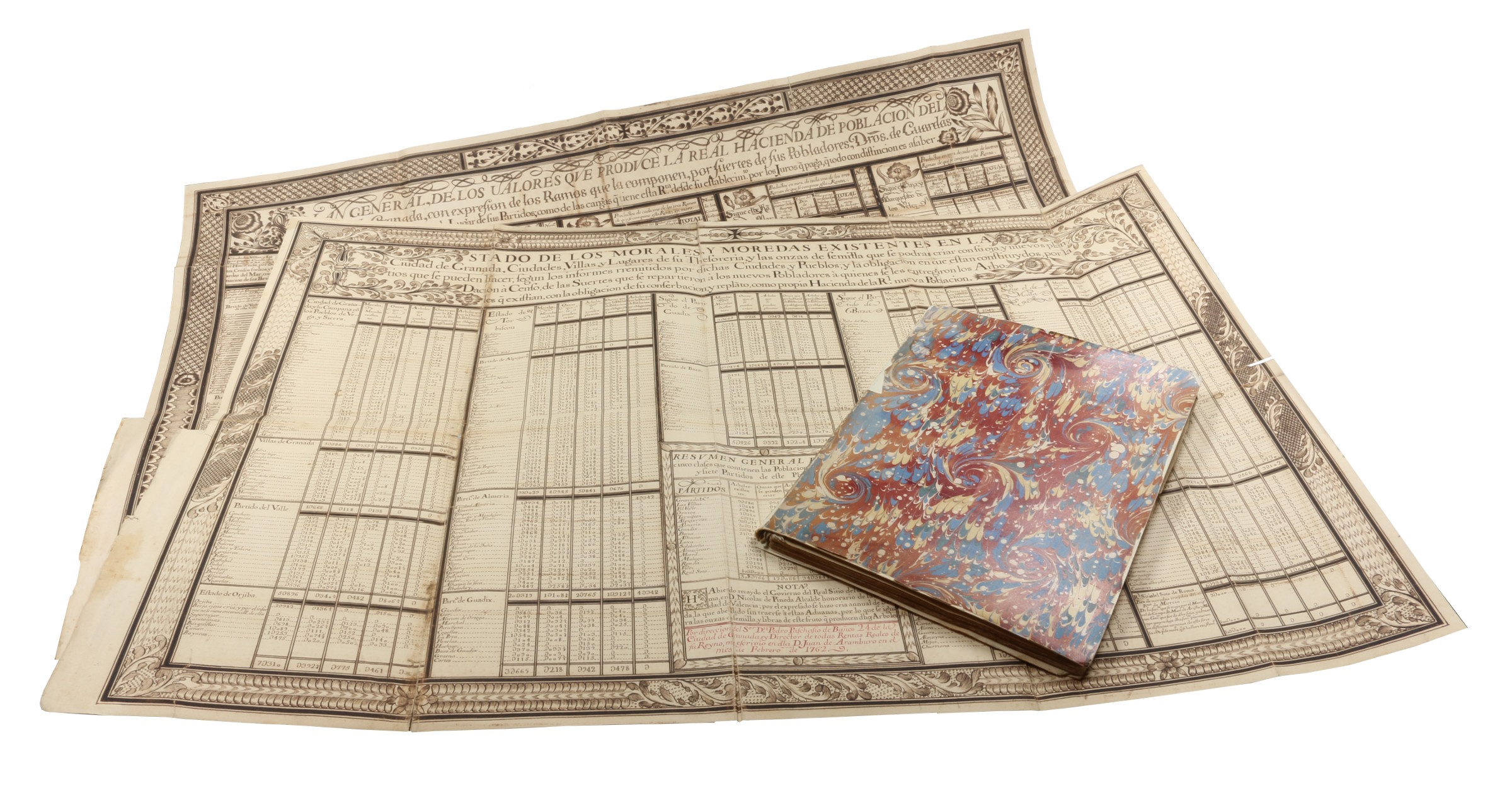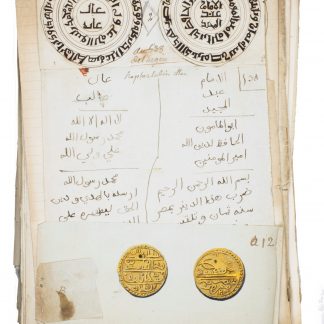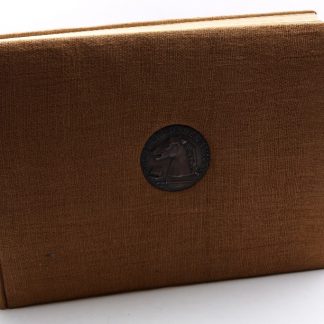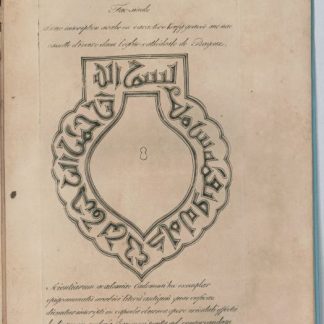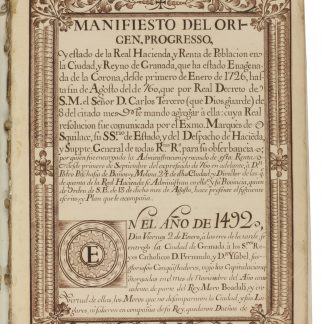Impressive calligraphic manuscript on the history of Granada's silk trade, beautifully illustrated with decorative borders throughout
Manifiesto del origen, progreso, y estado de la real hacienda y renta de poblacion en la ciudad, y reyno de Granada, que ha estado enagenada de la corona desde primero de enero de 1726 hasta fin de agosto del de 760.
4to (the tables measuring ca. 515 x 740 mm).
(Bound with) II: Copia de la carta remitida a s.e. en 16 de septiembre de 760, que acompaño al manifiesto, plan y demas documentos sobre renta.
(Bound with) III: Manifiesto de la renta de seda del reyno de Granada, executado de orden del Exmo. Sr. Marques de Esquilace del Consejo de S.M. su secretario de el de Hacienda y Superintendente general de todas Rentas Reales. 17 ff., 11 ff., plus 2 large folding tables ("Estado de los morales y moredas existentes en la Ciudad de Granada, ciudades, villas y lugares de su thesoreria" and "Plan general de los valores que produce la Real Hacienda de población del reyno de Granada"). Stored loosely in a modern folder.
€ 15.000,00
Impressive calligraphic presentation manuscript with an account of the history and 18th century state of the renowned silk production in Granada. Having belonged to the Marqués de Esquilache, Minister of Charles III, and signed in Granada by Pedro Paschio de Baños y Molina (1762), this beautiful copy was executed by a skilled calligrapher for the personal collection of the Marqués, probably by a calligrapher in Granada, where resided a number of professional scribes who produced elaborately decorated Cartas Ejecutorias (patents of nobility) for the Cancilleria.
Granada was known for centuries throughout the Mediterranean and beyond for the high quality of its silk: according to the German traveller Hieronymus Münzer in 1492, theirs was the best in the world. Its fame lasted to the end of the 19th century, when the German Imperial family still bought Granada silk. The cultivation of silk in Granada had been the main source of revenue for the Muslim Nasrid Kingdom of Granada; after its fall to the Catholic kings in 1492, it filled the coffers of the Spanish crown. Until the expulsion of the Moriscos in 1609 the production of silk remained mainly in their hands. Historians have argued that the steep hike of silk taxes ordered by Philip II led to the Morisco rebellion of 1568-71. The silk was traded from three exchanges (alcacerías), the main one situated in Granada, where since the period of Nazari rule Genovese traders were active and exported the silk throughout the Mediterranean and even to America.
This document testifies to the great interest that the Spanish kings took in the promotion, cultivation, and trade of silk in the second part of the 18th century. It is a beautiful document remarkable for the wealth of information it contains. In the best spirit of the Enlightenment, it meticulously records the number of mulberry trees in all localities of Granada, from the smallest to the largest, the number of additional trees that could be planted, the yearly expenses for juros (loans that the King had vouched to pay to certain individuals and religious institutions), and other items.
The document is addressed to the Marqués de Esquilache, minister of King Charles III, by Pedro Paschaio de Baños y Molina, director of the King's revenue in Granada. Paschaio, a member of a family of accountants, became very wealthy at the service of the crown. In 1752 he owned nine houses in the Macarena in Granada, six taverns, and lands. Born in 1691, he bought the post of mayor of the city of Granada in 1724. From this position he initiated his social ascent by organizing the visit of King Philip V to the city in 1730. By 1760 he was director of finances of Granada, an office which undoubtedly augmented his wealth. He financed several important religious buildings in Granada in the late Baroque style.
Professionally restored tears, almost invisible, to large folding tables; some minor oxidation to ink as expected, but overall in excellent condition.
A. M. Gómez Román, "Moral aristocrática, filantropía y promoción en la figura de Pedro Pascasio de Baños", Cuadernos de Arte de la Universidad de Granada 36 (2005), pp. 139-149. J. Highet, "Silks from Islamic Lands", Asian Art, 6 March 2014. J. R. McNeill, The Mountains of the Mediterranean. An Environmental History (Cambridge, 1992), p. 226. Girón Pascual Rafael María, Las Indias de Génova. Mercaderes genoveses en el reino de Granada durante la edad moderna (Editorial de la Universidad de Granada, 2013).


